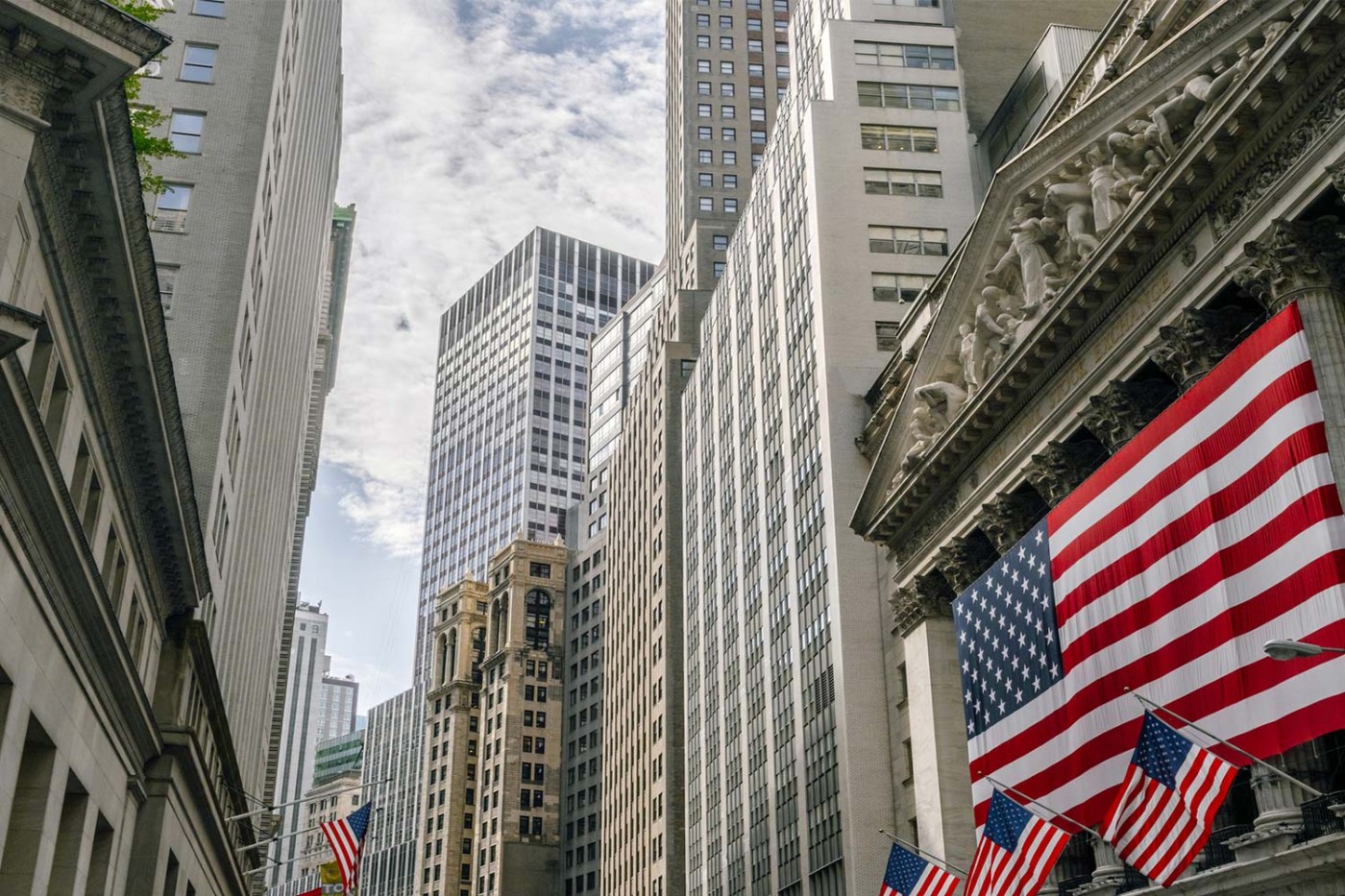How a Fed Rate Hike can stem the bond sell-off
The central bank’s policy choices are even more key to the outlook for inflation following the declines in bond markets triggered by Donald Trump’s US election win, says Christine Johnson, head of fixed income, Old Mutual Global Investors.
Popular opinion had it that in the event of an election victory by the Republican US presidential candidate, Donald Trump, we would be staring at crashing equity markets and falling bond yields amid a flight from the dollar. Instead, the market has taught us all a lesson by looking straight through the knee-jerk expectation and pricing the end game, following the result last week. Mr Trump’s policies are expansionary and certainly inflationary: they fly in the face of the popular dogma of prudence and central bank dominance; and while many investors may not get what they want, the market is telling us, economies will get what they need.
In this environment, of course, bonds appear vastly overpriced; inflation is likely to move briskly higher; and corporates will thrive. Well, so far, so priced in.
But is this actually the most likely endgame? President-elect Trump’s policies are based almost entirely on cuts to tax, rather than to spending, and tax cuts have not been terrifically powerful in the past at powering the real economy. In fact, there is evidence to suggest they are only about a third to a half as successful in doing so as spending cuts. The trouble with putting more money into the pockets of rich people and corporations is that they just do not spend it – and then, of course, it all needs to be paid for somehow. Somewhat dismally, in order to fund itself, the US will need to add something like 2.5% to its debt-to-GDP ratio every year over the next decade, totalling some 4-to-5 trillion dollars; it is partly this news that the bond market is struggling to digest right now.
More debt and higher yields are a drag on the economy, especially the all-important housing market, and it remains to be seen whether companies choose to spend the possible trillions of repatriated dollars on R&D and job creation—or simply indulge in yet more share buybacks and special dividends. The sunny uplands promised by the former reality TV star and real estate mogul may be hard to occupy for long: after an initial boost, the old demons will reassert themselves. These are too much debt; deflationary technological competition, especially as China limbers up to transition its economy to sophisticated technology and services; and the impact of aging populations in the West.
It is time for monetary policy and central banks to awaken from their apparent paralysis and undertake an extremely important role. Currently the expectations for US Federal Reserve (Fed) interest-rate increases have risen, but only very marginally. This is why much of the weakness in bond markets has been felt in the inflation-driven, long end of the yield curve – the market is trying to anticipate a big overshoot in inflation on the expectation the Fed lets the economy ‘run hot.’ But this is an immensely short-term effect, because like a dog running to the end of its lead, high yields will simply choke off any acceleration in the recovery.
The Fed must raise rates now, while the market must start pricing in a sharper climb in rates next year. This should actually help start a bond rally that would pay for Trump’s fiscal expansion. Simply put, more rate rises now equal less inflation later on, prompting the yield curve to flatten as rate expectations are priced in. This would reward savers for saving, create an incentive to invest and drag down the long end, which is where the Federal government will likely fund itself. As a side effect, it would also stop the spinning upward ascendancy of the dollar, which is currently in danger of derailing growth in the rest of the world.
The selloff is not quite over, but its shape should start to change. All eyes are on whether Fed chair Janet Yellen and her team grasp this opportunity.


